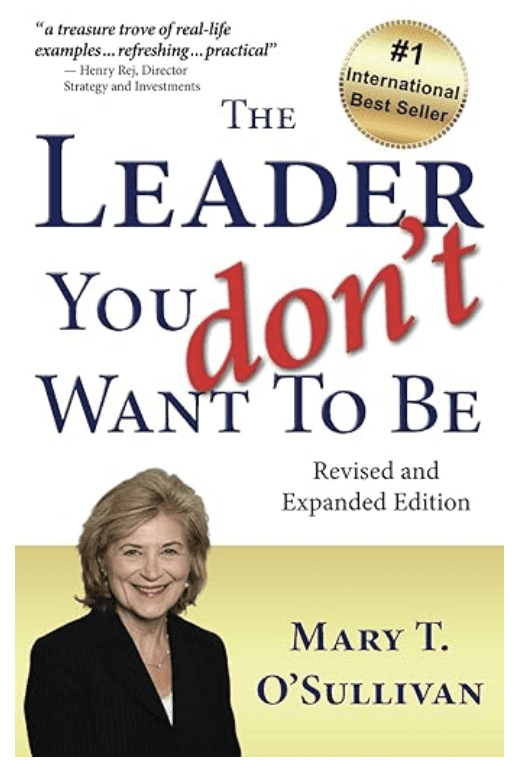Search Posts
Recent Posts
- To Do in RI: The Everly Brothers experience at Linden Place September 24, 2024
- New officers for R.I. League of Cities and Towns. Municipal awards presented. September 24, 2024
- RI Food Bank struggles keeping up with demand – Rhode Island Current September 24, 2024
- Rhode Island Weather for September 24, 2024 – Jack Donnelly September 24, 2024
- ART! Art and Animals in the Gilded Age: Newport Stories September 24, 2024
Categories
Subscribe!
Thanks for subscribing! Please check your email for further instructions.

The 2025 Outlook for the Future of Work – Mary T. O’Sullivan
The 2025 Outlook for the Future of Work
By Mary T. O’Sullivan, MSOL, contributing writer on business and leadership
“As we look ahead to… 2025 and beyond… several key trends are starting to shape a near future of [work], setting the standard for how organizations manage their workforce, deliver business results and foster a thriving culture. – Chris Manning in LinkedIn
While no one has a crystal ball, since the official end of the pandemic and the introduction of Artificial Intelligence (AI), it doesn’t take much clairvoyance to predict that work has dramatically changed and is likely to continue to do so. From use of mega data analyses to individualization of employee needs, the current workplace is destined to undergo fundamental transformation. The premise that people stay on the job for 30+ years has also shifted, and employees are more likely to deepen their own professional experiences than cultivate internal steppingstones. Outsourcing and automation, already on the scene, will provide more time for development and skill enhancement, allowing more highly accomplished workers to expand their ability for innovation and creativity.
According to a January 2024 study published by MIT Sloan, predictions about work in 2025 mainly focused on technology advancement, which foretold more isolation, fragmentation, and exclusion. In the current post pandemic world, certainly these factors now exist, causing unpredicted mental health and wellbeing issues plaguing the workforce today. The current predictions emphasize HR methods to deploy more mental health and wellbeing initiatives, including the need for physical exercise and personal socialization. The lesson for employee mental and physical wellbeing expands for 2025, including predictions for a four-day work week.
According to CNN, nearly one-third (30%) of large US companies are exploring the four-day work week due to a large percentage of employee burnout and unhappiness. A KPMG study found that executives are searching for innovative ways to attract and retain highly sought after talent, and a four-day workweek has emerged as a front runner in 2025.
The same study predicts that generative AI, which gets smarter every day, will take over mundane tasks, such as creating presentations, reports, writing emails, and will learn even more complex tasks, generating more free time for workers.
Although many bosses now demand workers return to the office (RTO), predictions for 2025 say that hybrid work is here to stay. That same report from KPMG says, “Just 34% of the US CEOs… envision corporate employees… to be back in the physical workplace five days a week in the next three years. That’s down from 62% just a year ago.”
The gig economy also morphed from earlier predictions. While imagining a world where independent workers could successfully interact directly with clients, the unforeseen reality is that direct connections with clients is hard, as every “micro-entrepreneur” knows. Unpredicted were the rise of and need for third parties like Amazon, eBay, Upwork, and Fiverr to perform time consuming business tasks like marketing, sales, reporting, and record keeping. The MIT Sloan study reported that independent gig work is an “unregulated, low-wage solution where the platforms… take a significant portion of the value they create.” In addition, the federal government has cracked down on companies using IRS form 1099 for gig workers and thereby violating government rules for paying independent contractors. It may be the end of freedom for some who become regular employees, only to lose income due to IRS regulations. The future of gig work will be driven by how much work each person is willing to invest as opposed to how much revenue they are able to generate.
Innovation, employee experience and wellbeing, automation, and gig work all impact what to expect in 2025. AI, the IRS, and other factors are added ingredients into the fortune telling brew futurists use to forecast the future of work. (Maybe mixed in with “Eye of newt and toe of frog, Wool of bat and tongue of dog… ”) These “ingredients” will determine how businesses respond to the profound shifts in the coming years. What emerges is a reliable prediction of the rapidly changing ecosystem of work, with caveats to consider the unknown unknowns. Catastrophic occurrences and other unexpected events can’t be left out of the equation.
“It will be wise to expect the unexpected. And when it comes, be prepared to observe closely, pivot quickly, and experiment widely.” – MIT Sloan
___


Mary T. O’Sullivan, Master of Science, Organizational Leadership, International Coaching Federation Professional Certified Coach, Society of Human Resource Management, “Senior Certified Professional. Graduate Certificate in Executive and Professional Career Coaching, University of Texas at Dallas.
Member, Beta Gamma Sigma, the International Honor Society.
Advanced Studies in Education from Montclair University, SUNY Oswego and Syracuse University.
Mary is also a certified Six Sigma Specialist, Contract Specialist, IPT Leader and holds a Certificate in Essentials of Human Resource Management from SHRM.contributing writer, business leadership.
